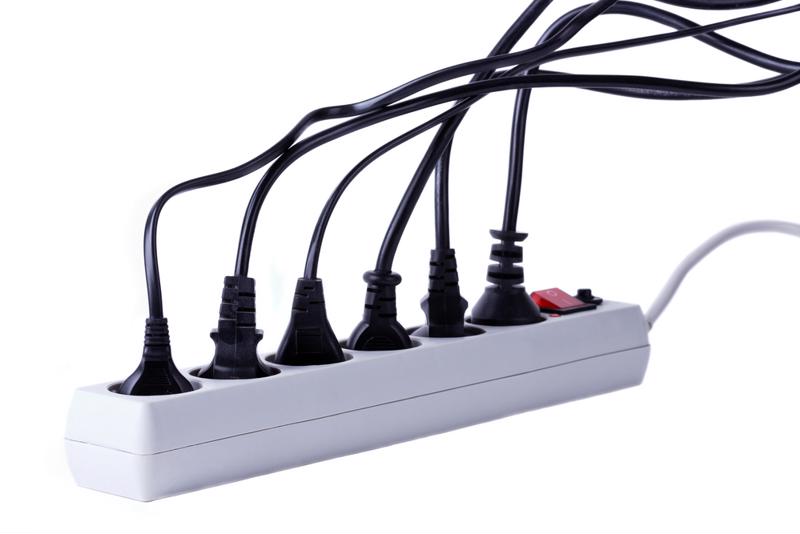We've all heard about supply chain shortages impacting every facet of our lives from a lack of electronics to the prices of cooking oil and food going up. Now, supply chain shortages could be impacting U.S. power companies, forcing them to take far longer to fix major outages. Being in a season of extreme heat that's only going to get worse as summer drags on, it may be time to look at alternative methods of cooling ourselves down in case the AC goes out.
Why is this happening?
Supply chain issues are disrupting U.S. power companies in a twofold manner. To start, critical parts are beginning to run out for many U.S. energy organizations – potentially hampering their ability to complete both routine maintenance and emergency repairs after natural disasters such as hurricanes, heat waves or earthquakes. As a chief executive at AEP stated, "We're doing a lot more splicing, putting cable together, instead of laying new cable because we're trying to maintain our new cable for inventory when we need it." Transformers are running in short supply as well, critical for getting power to homes, transformers are also some of the more vulnerable components of an electric grid to being affected by natural disaster. Part of this issue is that transformers are in low supply, with lead times of up to a year for parts. This could partially be due to the fact that semiconductors are necessary in the construction and effectiveness of electrical transformers, a product that has been in short supply due to the pandemic and growing demand.

Another issue power companies are facing is the lack of raw materials to actually generate the power. Due to recent record increases in demand, as well as shortages of natural gas, as well as coal – companies are struggling to find enough of a stockpile to reliably operate their grids. This, combined with droughts causing issues with hydroelectric generation could spell some worries for the U.S. power grid in the coming months, leading up to the winter.
So what can be done?
For electrical equipment, and raw generation materials shortage, very little can be done in the short term — but there are long term supply chain solutions. The U.S. Department of Energy's Office of Energy Efficiency and Renewable Energy recently released deep-dive assessments into power generation supply chains and came up with a few long-term solutions. One that was highlighted is the promotion of building American clean energy components and processing, something that has traditionally been offshored. By doing so, companies can shorten their supply chains and ensure that they both don't run out of critical fuels as well as have a nearby, reliable source of parts.
The solutions to the supply chain crisis in energy may not come quickly – but changes will need to happen in the face of our changing climate as well as the now demonstrated risk to critical infrastructure posed by current supply chain operations. For now, let's just hope our AC keeps working through the hot summer months.



Post A Comment:
0 comments so far,add yours